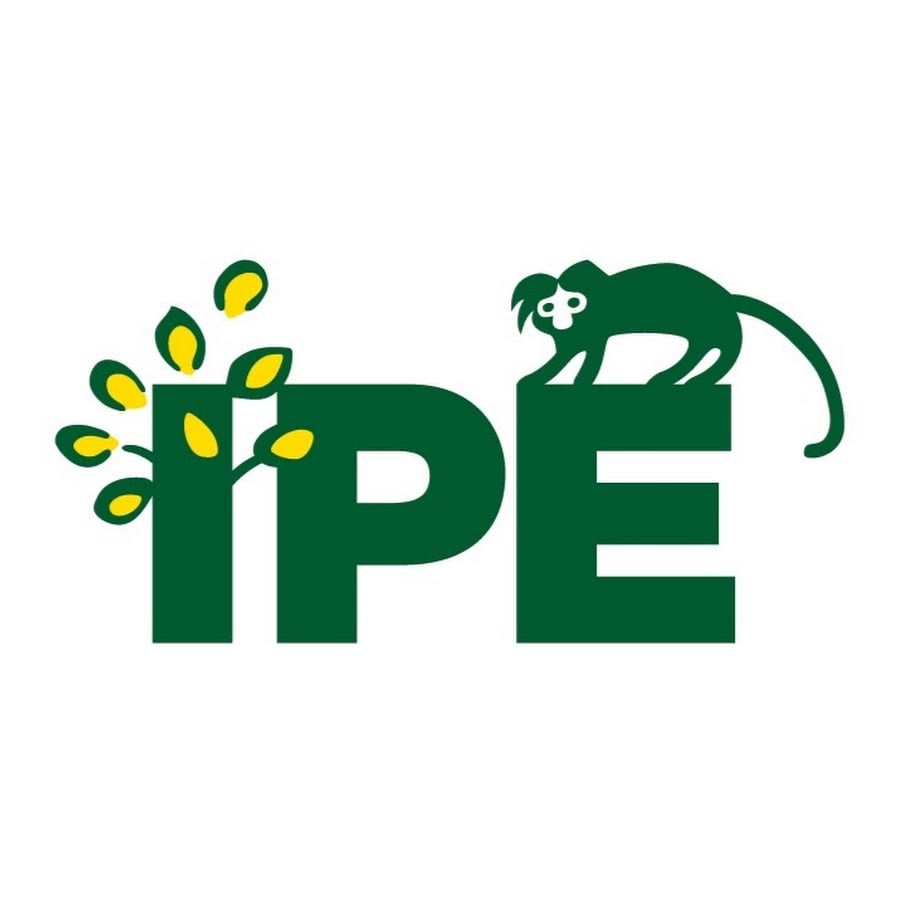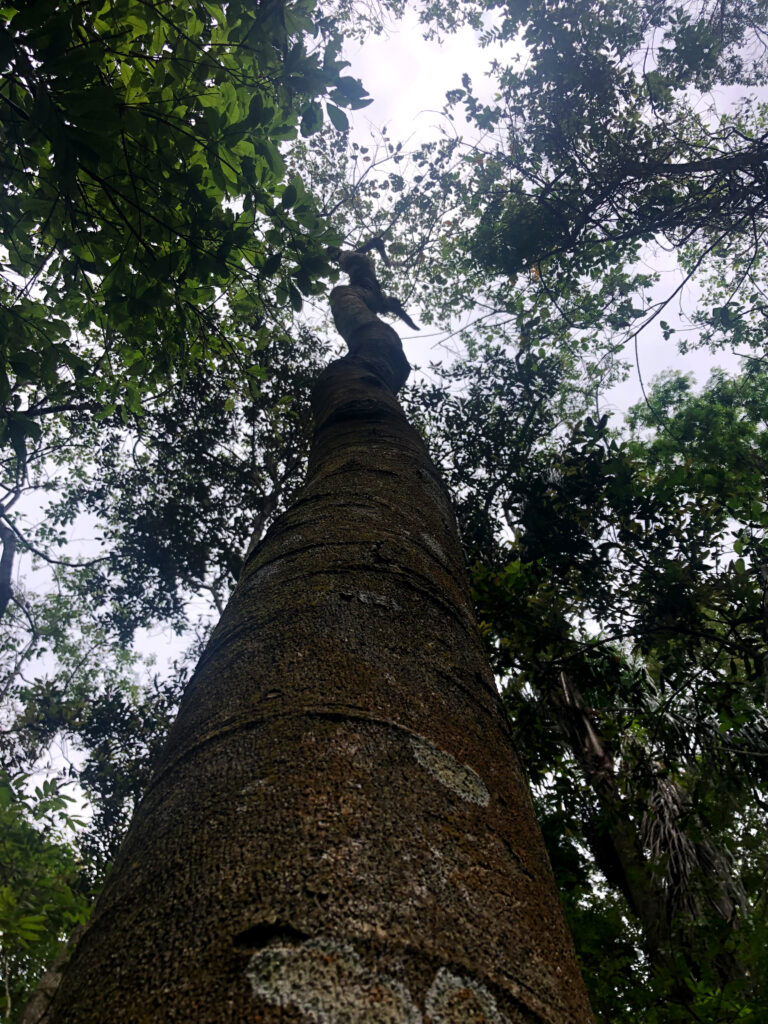Bringing forests back is a global priority activity to reduce the impacts of Climate Change. The United Nations (UN) established that we live in the Decade of Ecosystem Restoration (2021 – 2030). We aim to halt and reverse the degradation of ecosystems across all continents and oceans. And we will achieve this through ecological restoration, that is, plantings that help the return of complex ecosystems, aligned with the biome in which they are located.
Planted trees, as well as other types of vegetation present in biodiverse forests, absorb carbon as they grow, contributing to the reduction of Greenhouse Gases (GHG) in the atmosphere. The soil in these places also stores carbon, stored in its leaf litter – the covering of leaves and organic matter that fall from trees.
Ecological restoration is an activity that depends on several factors. For this to happen, the following are necessary: financing, management, ecosystem assessment, labor availability, obtaining seeds, seedling production, monitoring and community engagement. All these aspects are links in the restoration chain. The remaining forests play a fundamental role. In these places, information can be obtained about the local vegetation, such as the species that occur in that region. Each forest area has specificities and the closer the original vegetation to each microregion is, the greater the chance of successful restorations.
Several non-timber forest products can be obtained through sustainable forest management, that is, the care necessary for their conservation and longevity. One of these products is seeds – a key input for the ecological restoration chain. The production of seedlings in nurseries begins through seeds. To produce good seedlings, they must have broad genetic diversity, which can be understood as the sum of genetic variations observed in a population or species.
Even though they may look the same, each tree has unique genetics. This difference is essential to recover biodiversity. This ensures that the seedlings used in planting are not sterile, that is, they are capable of generating healthy offspring. In the event of adversity, each individual will react differently, which increases the forest’s ability to recover and propagate. For this reason, there are collection methodologies developed based on technical criteria that aim to guarantee the quality of the seeds and their genetic variability.
Parent trees: the origin of seeds
One of the first steps in seed collection is species identification. Knowing the flowering and/or fruiting times can help the identification process. It is also necessary to know when the tree usually produces seeds, and if there are small regional differences, which can be improved through observation.
Location is another point of attention. Seedlings from seeds collected in forest remnants close to the new forest to be formed have a greater chance of survival, as they originate from a similar location, with the same environmental characteristics (such as temperature, light, altitude and soil). Collection performed in urban areas or places with few trees of the same species will not guarantee the necessary genetic diversity, generating “related” seedlings.
One of the ways to avoid seed lots with related individuals is to delimit a collection area. The seed collection area can be natural or planted, as long as it contains one or more forest species of interest in significant quantities. This is a quality and origin guarantee mechanism, making it possible to identify the origin of seed lots. Furthermore, a consolidated seed collection area allows planning and monitoring of parent trees to ensure constant seed production. Parent trees are the trees selected for seed collection.
Pilot Project in Nazaré Paulista
Sítio Córrego Verde is a rural property partner of the Semeando Água Project, an initiative of IPÊ – Instituto de Pesquisas Ecológicas sponsored by Petrobras, through the Petrobras Socioambiental program. In Nazaré Paulista, with a forest remnant of 18.6 hectares of native forest, a pilot Seed Collection Area project was carried out on site. 61 parent trees of 10 forest species were identified, marked and georeferenced, with the aim of obtaining seeds with diversity and local genetic material.
Of the 61 marked matrices, 23 individuals are of the species Croton floribundus Spreng., or Capinxigui. This collection presented a good number of individuals, as it does not compromise the dispersion of seeds of this species in the fragment in the future, guarantees genetic diversity and avoids crossing between related individuals.
Two endangered species were also found: the Cedar (Cedrela fissilis Vell.) and the Juçara (Euterpe edulis Mart.). These species are a priority for establishing new populations, in order to reduce the risk of extinction. Establishing more Seed Collection Areas in the region is a necessary step towards promoting the ecological restoration chain, through increasing the local production of quality seeds and creating a large genetic stock from parent trees.


